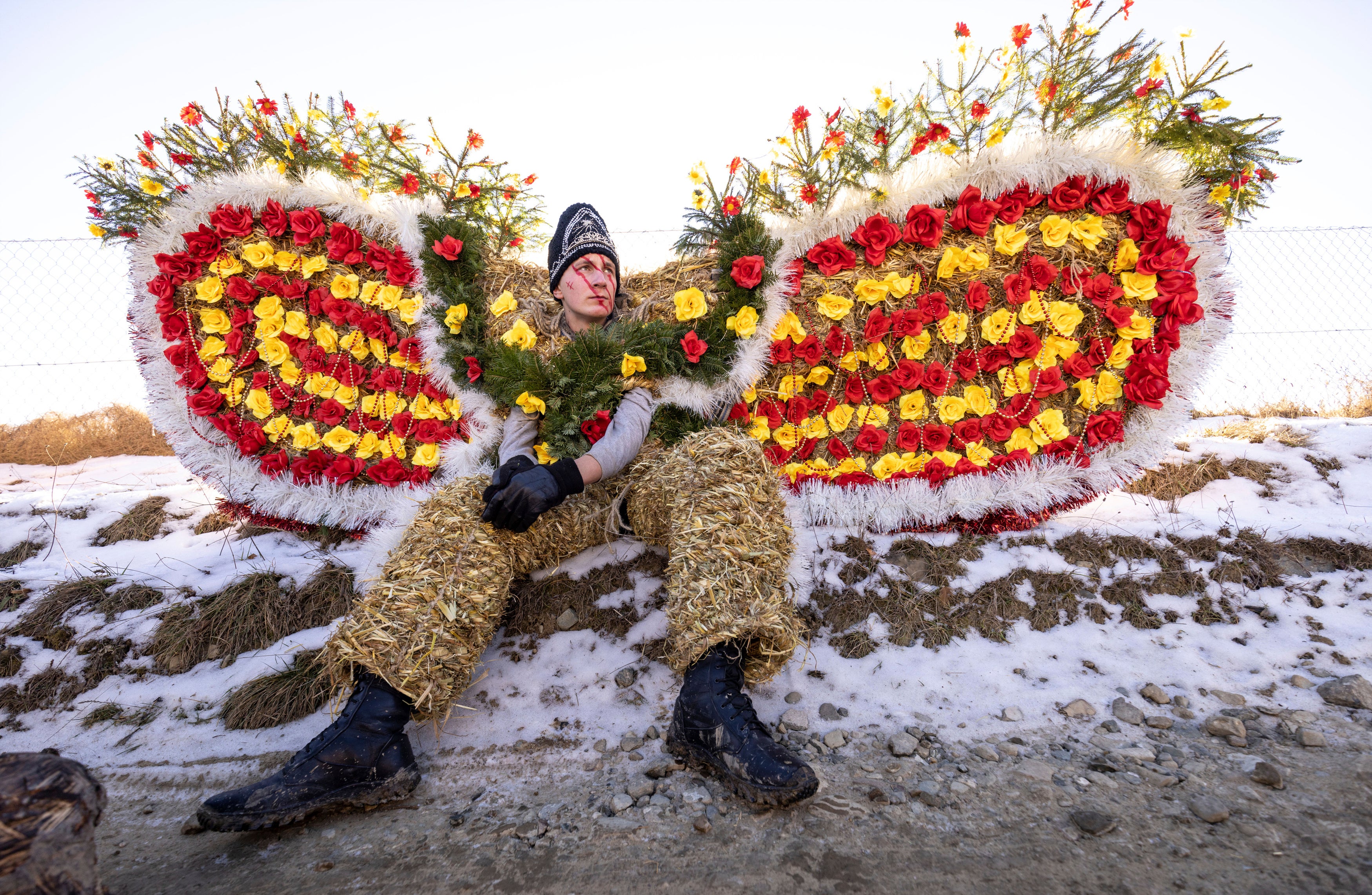AP PHOTOS: Ukrainians observe pagan-rooted new year festival

Your support helps us to tell the story
From reproductive rights to climate change to Big Tech, The Independent is on the ground when the story is developing. Whether it's investigating the financials of Elon Musk's pro-Trump PAC or producing our latest documentary, 'The A Word', which shines a light on the American women fighting for reproductive rights, we know how important it is to parse out the facts from the messaging.
At such a critical moment in US history, we need reporters on the ground. Your donation allows us to keep sending journalists to speak to both sides of the story.
The Independent is trusted by Americans across the entire political spectrum. And unlike many other quality news outlets, we choose not to lock Americans out of our reporting and analysis with paywalls. We believe quality journalism should be available to everyone, paid for by those who can afford it.
Your support makes all the difference.Dressed as goats, bears, oxen and cranes, many Ukrainians ring in the new year in the colorful rituals of the Malanka holiday.
Malanka, which draws on pagan folk tales, marks the new year according to the Julian calendar, meaning it falls on Jan. 13-14.
In the festivities, celebrants go from house to house, where the dwellers offer them food. According to tradition, a household should have 12 dishes on offer — one for each month of the year. Pancakes pies and cheese dumplings are common dishes for the holiday.
The celebrations stem from a pagan myth about Malanka, a daughter of the Slavic deity Lada who was once kidnapped by an evil snake and locked up in the underworld before being rescued.
One of the most famous rituals is the driving of a man dressed as a goat, symbolizing a dying and resurrecting deity. In some areas, homeowners will burn straw and a didukh — a decoration made from a sheaf of wheat — to symbolize the death of everything bad.